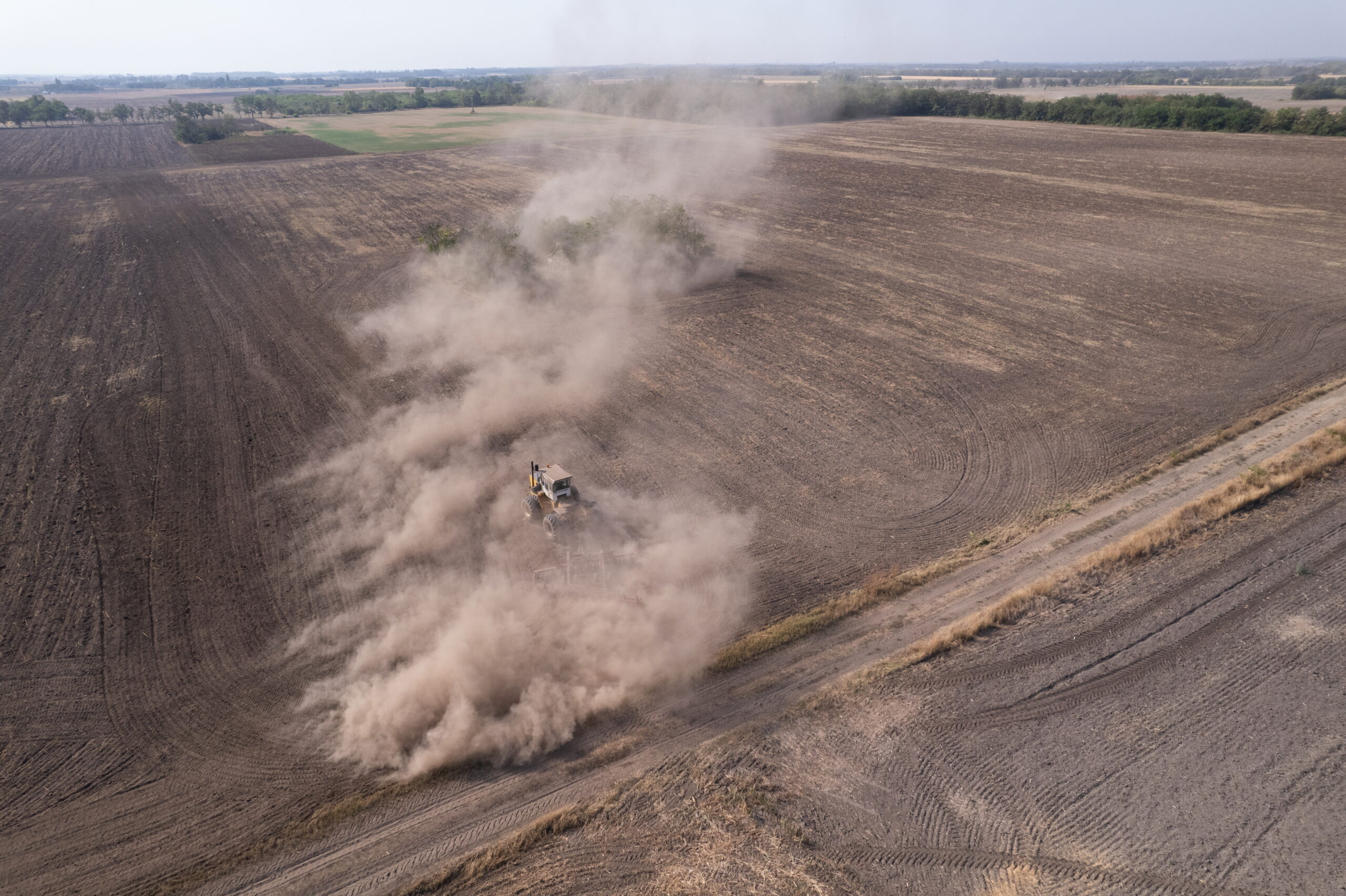
Based on scientific analyses, Hungary is facing another dry year in 2025.Continue reading

Instead of the current 200 million cubic meters, in a year’s time it will be possible in Hungary to retain 1.5 billion cubic meters of precipitation and use it for irrigation, and by the end of next year, as much as three billion cubic meters, revealed the State Secretary for Agriculture on M1‘s morning show on Monday.
Imre Hubai said that the most effective method of drought protection in Hungary is water retention; therefore, the government is focusing on increasing this and helping farmers and agricultural communities with various subsidies.
He explained that thanks to government subsidies, the size of irrigable farmland will increase significantly in the coming period, even this year, and within two to three years, artificial water supply will be ensured on approximately 400-500,000 hectares, in line with the cabinet’s goals.
The State Secretary recalled that developments related to water retention and water extraction in agriculture had already begun in recent years:
In many places, technical equipment has been modernized and flood control reservoirs have been created, thanks to which Hungary will be able to retain and use approximately 200 million cubic meters of precipitation this year.
In a year’s time, this figure will rise to 1.5 billion cubic meters, and by the end of next year it could reach three billion cubic meters, equivalent to one and a half times the volume of Lake Balaton, and which can be retained on the 1.2 million hectares most affected by drought, the state secretary pointed out.
Currently, approximately 120,000 hectares are suitable for irrigation, while farmers irrigate only 80-90,000 hectares annually. However, thanks to developments taking place this year and next, water replenishment and irrigation can be increased many times over, said the State Secretary.
The government is providing funding for projects aimed at renovating water retention structures, increasing their capacity, dredging and expanding canals, and creating new water extraction points and water supply routes,
he added.
When asked what serious drought damage can be expected this year and whether the damage caused by the 2022 drought could be repeated, the state secretary said that the situation is currently somewhat better than two years ago. Barley and rapeseed are already being harvested, and winter wheat will soon be harvested as well, meaning that “the country’s bread grain is not in danger,” he said. At the same time, however, “sunflowers and corn are in a particularly vulnerable state,” and orchards are also in great need of water.
He said that in non-irrigated areas, the fate of sunflowers and corn could be decided in the coming days, with a poor harvest expected in drought-stricken areas.
Via MTI, Featured image: MTI/Máthé Zoltán